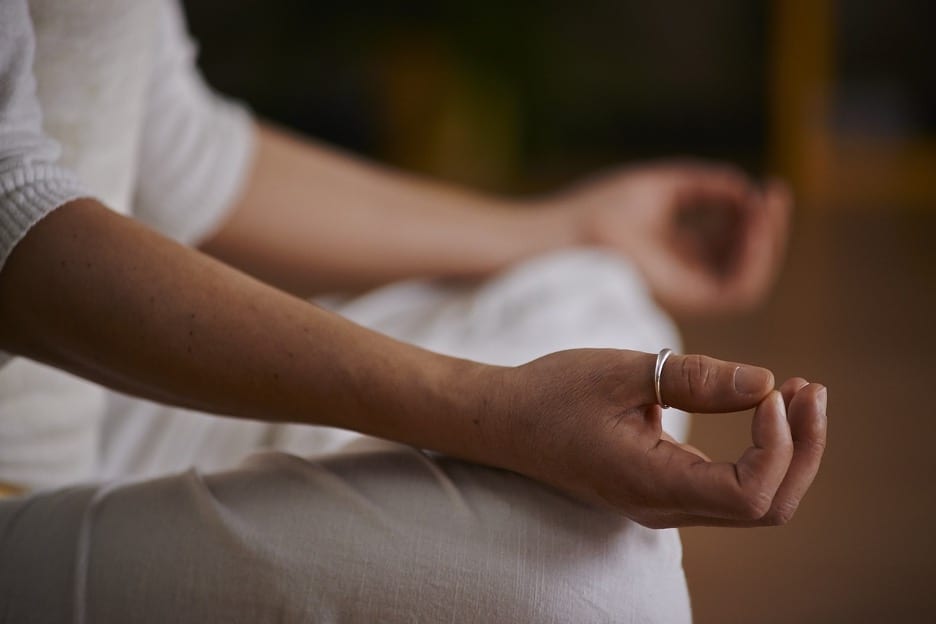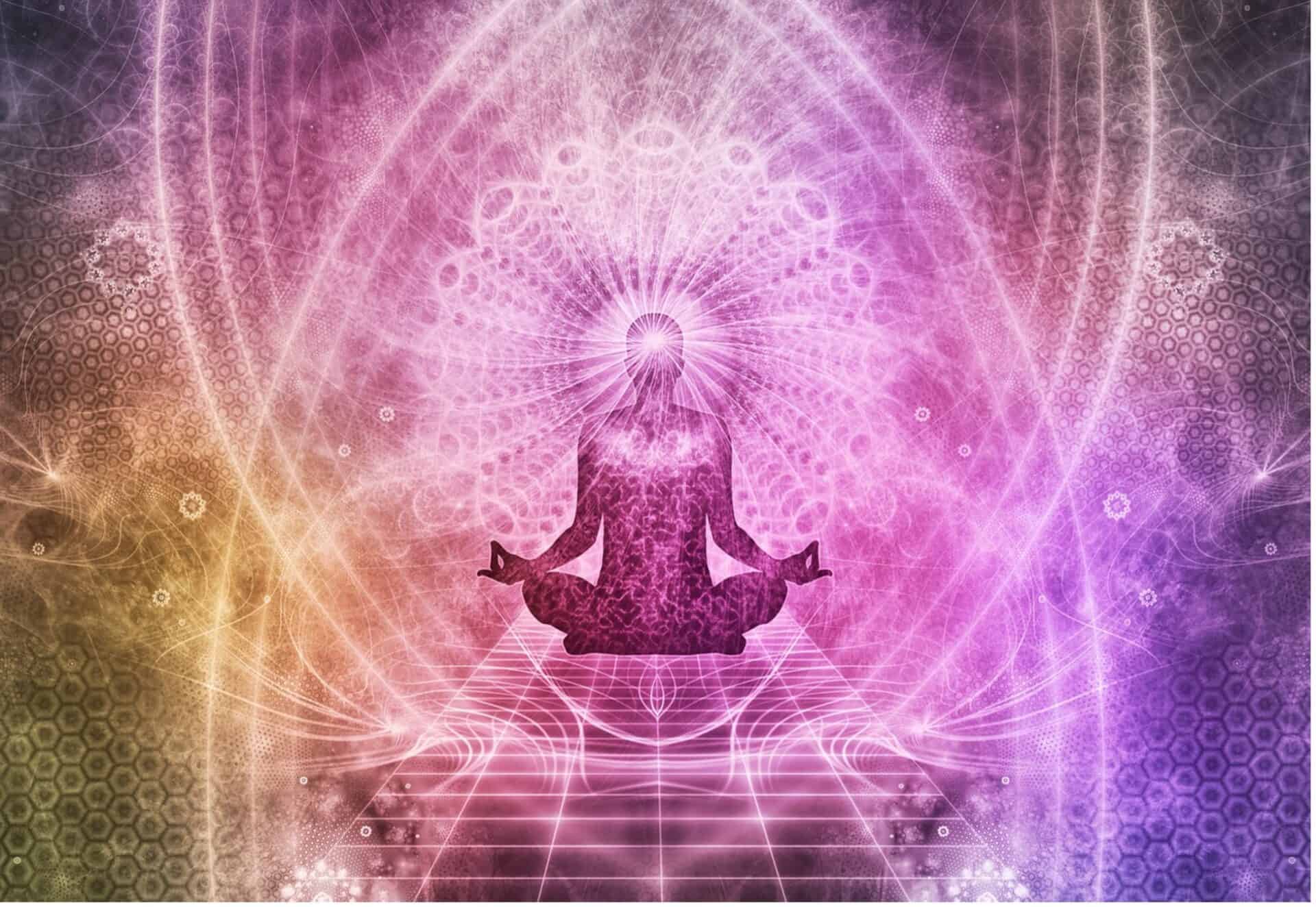Two Paths to Self-Discovery
Yoga is a multidimensional spiritual practice with a long and illustrious history that spans many cultures and centuries. It includes various methods and ideologies for improving one’s health on all levels (physical, mental, and spiritual) and for enlightenment or a complete state of freedom.
Raja Yoga and Jnana Yoga are two of the most popular schools of yoga that lead to the same destination—enlightenment. But they take different routes to get you there, each of which may be more or less appealing to different people.
In this article, we will investigate the philosophies behind Raja Yoga and Jnana Yoga and contrast their perspectives on personal development. We will also discuss the function of the Teacher or Guide in each tradition and how to decide between the two routes for your personal development.
Fundamental Differences Between Raja Yoga And Jnana Yoga
Raja Yoga and Jnana Yoga focus on helping practitioners achieve awareness of the Self and, eventually, illumination. These two approaches may end up in the same place, but they get there in quite different ways and for various reasons.
What is Raja Yoga or Ashtanga Yoga?
Raja Yoga is the “king of yogas” because of its lofty reputation as a means of enlightenment fit for a monarch or queen. It is a complete system with eight steps emphasizing mental discipline and self-mastery through meditation and mindfulness.
This is why Raja yoga is also known as Ashtanga (eight limbs) Yoga. It is a method of self-improvement that emphasizes the purifying effects of self-discipline on both the mind and body.
What is Jnana Yoga?
Conversely, Jnana Yoga is often viewed as a route to enlightenment. Learning more about oneself and the ultimate reality through contemplation and introspection, as well as intellectual and philosophical research, is its primary goal.
One of the main goals of Jnana Yoga is to help its practitioners have the ability to think critically and make objective assessments of their own experiences and the world around them.
The Emphasis of Raja Yoga vs Jnana Yoga
Raja Yoga emphasizes self-control of body and mind, while Jnana Yoga emphasizes contemplation of the nature of reality. The goal of Raja Yoga is mental mastery via meditation and concentration, while the purpose of Jnana Yoga is self-realization through introspection and contemplation.
Approach to Enlightenment
Raja Yoga and Jnana Yoga diverge significantly in how they approach Self-realization. Raja Yoga stresses self-control on all levels, while Jnana Yoga encourages introspection and reflection. Both routes aim to free the individual, but each traveler must decide which course suits their temperament and preferences.
What Are The Philosophies Behind Raja Yoga And Jnana Yoga
The differing conceptual underpinnings of Raja Yoga and Jnana Yoga give rise to distinctive methods of achieving enlightenment.
Patanjali’s Yoga Sutras provide a philosophical foundation for Raja Yoga by outlining a sequential process for mastering one’s thoughts and realizing one’s true nature. Raja Yoga is based on a dualistic tenet, according to which one’s self exists on a plane of existence apart from the ultimate reality. Raja Yoga seeks to close this chasm by developing self-control on both the physical and mental planes to achieve samadhi, or oneness, with the ultimate reality.
Jnana Yoga is grounded on the non-dualistic philosophy of Advaita Vedanta. It argues that there is no difference between the self and the ultimate reality. Jnana Yoga aims to cultivate discriminating knowledge, introspection, and self-awareness to facilitate this realization in each individual. Attaining self-realization, the realization that one is one with the ultimate reality, is the ultimate goal of Jnana Yoga.

A Comparative Analysis of Raja Yoga And Jnana Yoga
According to Patanjali’s Yoga Sutras, the eight limbs of Raja Yoga help practitioners calm their thoughts and cleanse their bodies so that they might achieve the state of samadhi or nirvana. Those interested in Raja Yoga should be aware of its eight pillars, which are as follows:
- Yama – ethical restraints and moral values
- Niyama – personal observances and self-discipline
- Asana – physical postures
- Pranayama – control of the breath
- Pratyahara – control of the senses
- Dharana – concentration and focus
- Dhyana – meditation and mindfulness
- Samadhi – union with the ultimate reality
Jnana Yoga, on the other hand, emphasizes more introspective, thought-provoking activities like reading and contemplation. Not all of Raja Yoga’s eight limbs are required for success on the Jnana Yoga path, but the following are its primary tenets:
- Shravana – study and listening to the teachings of the scriptures
- Manana – reflection and contemplation on the teachings
- Nididhyasana – constant meditation and self-reflection to gain insight into the ultimate reality
How To Choose Between Raja Yoga And Jnana Yoga For Your Personal Growth?
Depending on one’s natural leanings and preferences, one can choose either Raja Yoga or Jnana Yoga. Both routes lead to the same destination—Self-realization.
Raja Yoga may be the appropriate path if you’re looking for a method that combines physical and mental discipline with an emphasis on cognitive control. It will help you improve focus, awareness, and overall health by practicing the eight limbs, which include various physical postures, breathing techniques, and meditation.
Jnana Yoga is the best choice for you if you focus on introspection, study, and philosophy as means of self-improvement. With the proper guidance, you can concentrate on introspection and contemplation to achieve insight into your true nature as the ultimate reality.
The Role Of A Teacher In Raja Yoga And Jnana Yoga
In both Raja Yoga and Jnana Yoga, the teacher or guide plays an essential role in the student’s development as a spiritual being, unpacking the teachings and bringing clarity on the subject.
Teacher in Raja Yoga
The Teacher’s role in Raja Yoga is that of a guide and mentor, directing the aspirant along the eight steps toward samadhi guiding and encouraging the student. At the same time, they learn and practice physical postures, breath regulation, and meditation techniques to achieve self-realization.
They also serve as an emotional and mental anchor, keeping the seeker focused and optimistic as they progress toward freedom.
Teacher In Jnana Yoga
In Jnana Yoga, the Teacher also acts as a guide, albeit the focus is more on the intellectual and philosophical aspects of the practice guiding their student through the study of the texts, allowing the student to grasp the lessons better and cultivating an inward focus.
The teacher’s role also includes that of a model and inspiration who urges the student onward and helps them keep their sights set firmly on the prize of enlightenment.
Final Words: Sampoorna Ayurvedic College Will Answer All Your Queries
Yoga and Ayurveda are the world’s most ancient and potent healing modalities. It is essential to acquire a firm grasp of them before embarking on a journey of self-discovery and development via Raja Yoga or Jnana Yoga.
Here at Sampoorna Ayurvedic College, we offer intensive training programs to help you learn all there is to know about them. Thanks to our knowledgeable teachers’ in-depth education in yoga concepts, practices, and ayurvedic principles, it’ll equip you with the knowledge, skills, and confidence to embark on and continue your path.
No matter where you are on your yoga or ayurveda journey, Sampoorna Ayurvedic College is a place for transformation. Visit us now if you’re interested in learning more about Yoga and Ayurveda and taking the next step in your personal growth!

